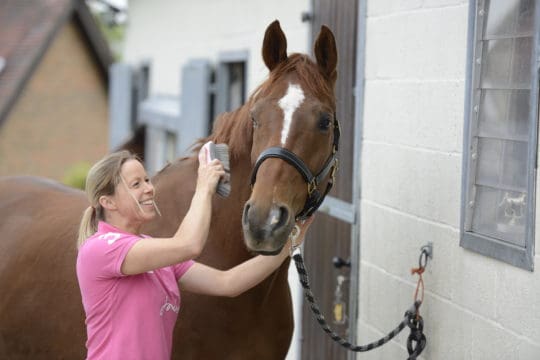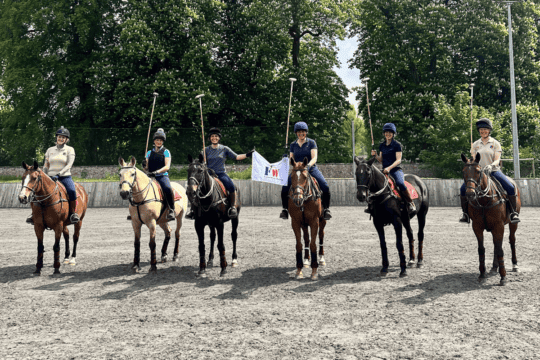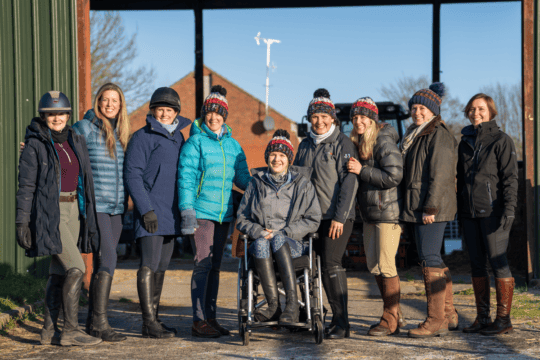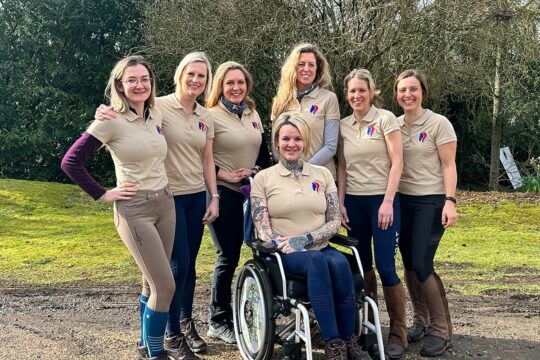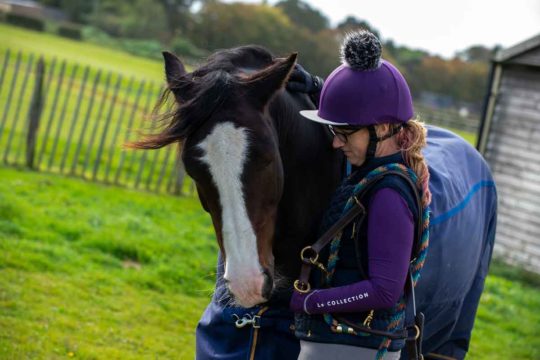
Most Read Articles
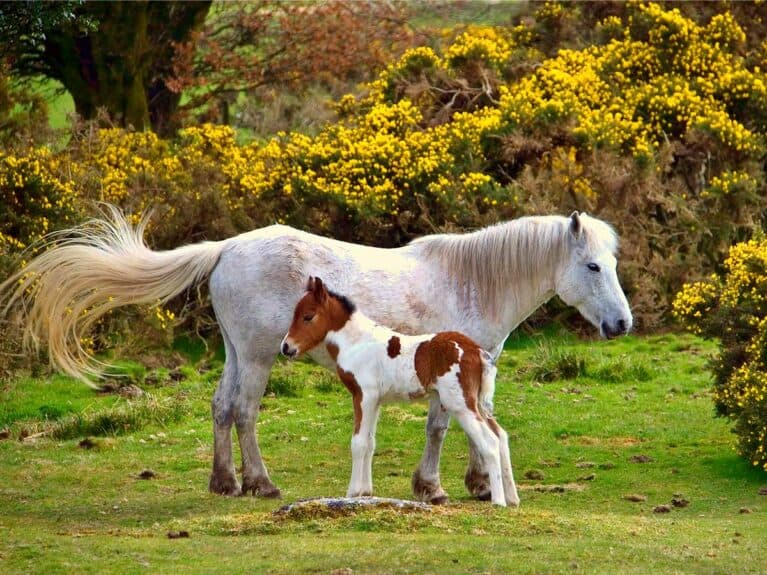
A new scheme aims to support Dartmoor’s rare plants by promoting increased pony grazing levels
Dartmoor Pony Heritage Trust is launching a new campaign, Mouths on the Moor, to highlight the benefits that the grazing of the ponies native to the region has on Dartmoor’s ecosystem. Indigenous heathland plants are slowly becoming overtaken by purple moor grass and other aggressive species, and the idea behind the campaign is to bring more grazing animals back onto the moor to help increase its biodiversity, especially in relation to moorland species.
From prehistoric times until the 1900s, Dartmoor was a vibrant habitat characterised by heath with bogs and mires. Large areas were maintained using transhumance farming, which saw sheep, cattle and ponies being grazed on the moor throughout the summer before being taken off in winter, when the moor would be left to recover.
Then, after the Second World War, the ‘headage’ payment scheme was introduced to replace transhumance and, later, grazing restrictions were also introduced to address areas of overgrazing. Unfortunately, this led to fewer hill farmers and, with decreasing animal numbers, too few mouths on the moor to effectively control areas now dominated by invasive plants.
Currently, as a result of this reduced grazing rate, the situation is very worrying, and, in fact, rare and precious heathland species, such as heather and bilberry, have already been lost on around 40% of the moor and replaced with vast expanses of Molinia purple moor grass, western and European gorse and bracken.
Debbie Leach, CEO of Dartmoor Pony Heritage Trust, said: “We believe the solution is for the government to work closely with Dartmoor’s farmers, who understand the moor in their locality better than anyone else. Allowing some initial cutting would enable larger herds and the use of specific feeding strategies to draw grazing animals into these areas, so they are then able to, literally, get their mouths on the moor.
“If the ponies native to Dartmoor and other livestock can once again access and effectively graze the rampant purple moor grass and gorse, as well as trample the bracken, other plants will re-establish.”
Photo credit – Christopher Hotton/shutterstock.com

